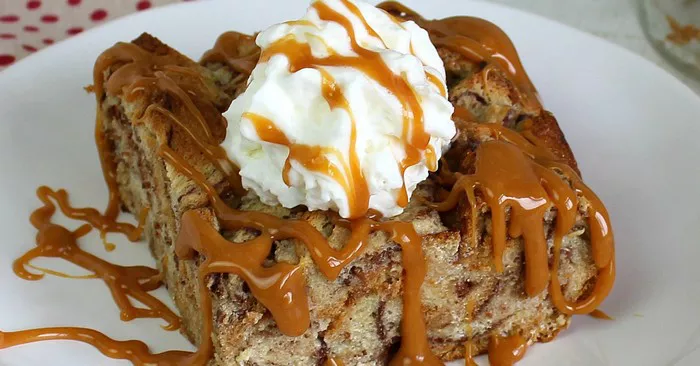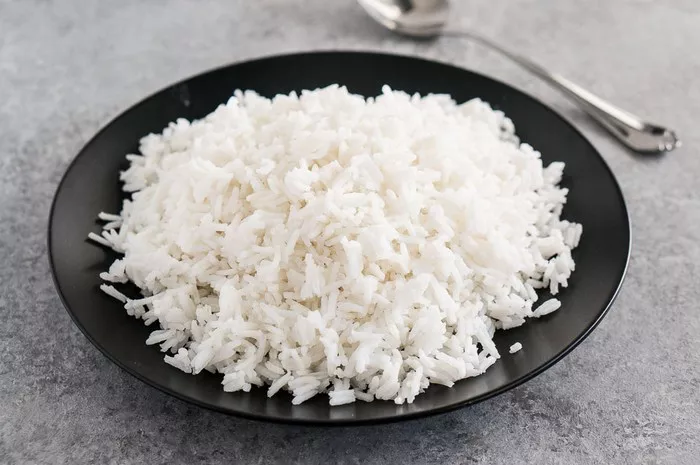Flan, also known as crème caramel, is a popular dessert enjoyed across many cultures. With its smooth, velvety texture and rich flavor, flan has become a staple in various cuisines. But what exactly is flan made of? Let’s break down the ingredients and the steps that come together to create this delicious treat.
The Basic Ingredients of Flan
Flan has a simple list of ingredients, but the magic comes from how they are combined. The main ingredients that make up flan include:
Eggs
Eggs are a key component of flan, providing structure and smoothness to the custard. They act as the binding agent that holds all the ingredients together. The proteins in eggs coagulate when heated, giving the flan its firm yet creamy consistency.
Milk
Flan typically uses whole milk, though you can also find variations using evaporated milk or even a combination of milk and cream. The milk adds richness and helps create the creamy texture that is characteristic of flan.
Sugar
Sugar is added to flan both for sweetness and to make the caramel topping. Granulated sugar is the most common choice for the custard, while a larger amount is used to create the caramelized sugar that forms the base of the dessert.
Vanilla
Vanilla extract is commonly used to flavor flan. Its sweet and aromatic flavor enhances the custard’s taste. Some variations may use vanilla beans or other flavorings like cinnamon or citrus zest for a unique twist.
Salt
Just a pinch of salt is added to flan to balance out the sweetness and to enhance the overall flavor of the custard. It’s a small amount, but it helps to highlight the other ingredients.
The Caramel Topping
The most distinctive feature of flan is its golden caramel topping. To make this caramel, sugar is heated until it melts and turns into a deep amber color. This caramelization process gives the flan its signature flavor and glossy appearance. The caramel is poured into the bottom of a flan dish or individual ramekins before the custard mixture is added. When the flan is cooked and inverted onto a plate, the caramel flows down the sides, adding both sweetness and a rich, complex flavor.
How to Make Flan
Now that we know the basic ingredients, let’s look at how flan is made. The process involves a few steps, but it’s relatively simple once you know how everything comes together.
Making the Caramel
Start by making the caramel. In a heavy-bottomed pan, heat sugar over medium heat. Stir constantly to prevent burning until the sugar melts and turns golden brown. This process can take several minutes, so patience is key. Once the sugar has melted into caramel, carefully pour it into the bottom of a flan dish or individual ramekins. Swirl the dish around to evenly coat the bottom with the caramel.
Preparing the Custard Mixture
In a mixing bowl, whisk together the eggs, sugar, milk, and vanilla. Make sure the sugar is completely dissolved into the liquid. You can also add a pinch of salt at this point. The key is to whisk the ingredients until they are well combined without introducing too much air. Overwhisking can create bubbles, which can interfere with the smooth texture of the finished flan.
Straining the Mixture
To ensure the custard is perfectly smooth, strain the mixture through a fine-mesh sieve or cheesecloth into the prepared dish. This will remove any egg bits or impurities, ensuring a silky texture.
Baking the Flan
Preheat your oven to 350°F (175°C). Place the flan dish into a larger baking pan and add hot water around it to create a water bath. This helps the custard cook evenly and prevents it from overcooking or cracking. Bake the flan for 50 to 60 minutes, or until the custard is set but still slightly wobbly in the center.
Cooling the Flan
Once the flan is done, remove it from the oven and let it cool in the water bath for a few minutes. Then, transfer it to a wire rack to cool completely. For best results, let the flan chill in the refrigerator for at least 2 hours, or even overnight, before serving. This helps the flavors develop and gives the caramel time to firm up.
Serving the Flan
To serve, run a knife around the edges of the flan to loosen it from the dish. Invert the flan onto a serving plate, and the caramel should flow over the top, creating a glossy sauce. The flan is now ready to be enjoyed!
Variations of Flan Around the World
Flan is not a one-size-fits-all dessert. Different cultures have added their own unique spins on this classic treat, creating a variety of flan versions. Here are a few examples:
Spanish Flan
Spanish flan is often made with whole milk and eggs, flavored with vanilla. It’s usually a little firmer than other versions and is sometimes served with whipped cream or fruit on the side.
Mexican Flan
Mexican flan is similar to the Spanish version but is often made with a combination of sweetened condensed milk, evaporated milk, and whole eggs. This makes the custard even richer and creamier. Mexican flan may also be flavored with cinnamon or chocolate for added depth.
Caribbean Flan
In the Caribbean, flan is often flavored with coconut milk, giving it a tropical twist. It may also be topped with fresh fruit like mango or pineapple for a refreshing contrast to the rich custard.
French Flan (Flan Parisien)
The French version of flan, known as flan Parisien, is quite different from the traditional crème caramel. It features a custard that is baked in a shortcrust pastry, giving it a more substantial base. The flavor profile remains similar, but the texture and presentation are different.
Brazilian Pudim
In Brazil, pudim is a type of flan that is made with condensed milk, sugar, eggs, and whole milk. It is typically baked in a round mold and has a distinctive caramel topping that is poured over the custard after baking.
Flan: A Versatile Dessert
Flan is incredibly versatile, and many variations exist depending on what ingredients are available and personal preferences. Here are a few ideas to customize your flan:
Add Flavors
Beyond the traditional vanilla, you can infuse the custard with other flavors such as cinnamon, nutmeg, chocolate, or citrus zest. These flavors can complement the sweetness of the caramel and create a more complex dessert.
Use Different Milks
You don’t have to stick to just whole milk. Try using coconut milk for a dairy-free version, or almond milk for a lighter, plant-based alternative. You can also experiment with heavy cream for an even richer flan.
Top with Fresh Fruit
While flan is traditionally served plain, you can top it with fresh fruit for a burst of color and flavor. Berries, mango, or even roasted pears make delicious additions to flan.
Try Layering Flan
Some people like to layer their flan with other custards, like chocolate or coffee, to create a multi-textured dessert. The layers can add both visual interest and a variety of flavors to the dish.
Conclusion
Flan is made of a few basic ingredients that come together to create a rich, creamy, and indulgent dessert. Whether you’re making it with eggs, milk, sugar, and vanilla or trying variations with different milks and flavors, the essence of flan remains the same: a smooth custard topped with golden caramel. It’s a dessert that transcends cultures and continues to bring joy to those who indulge in its silky sweetness. Whether served on special occasions or as a simple treat, flan is a dessert that’s sure to delight anyone who loves creamy, sweet custard desserts.
Related topics:



























